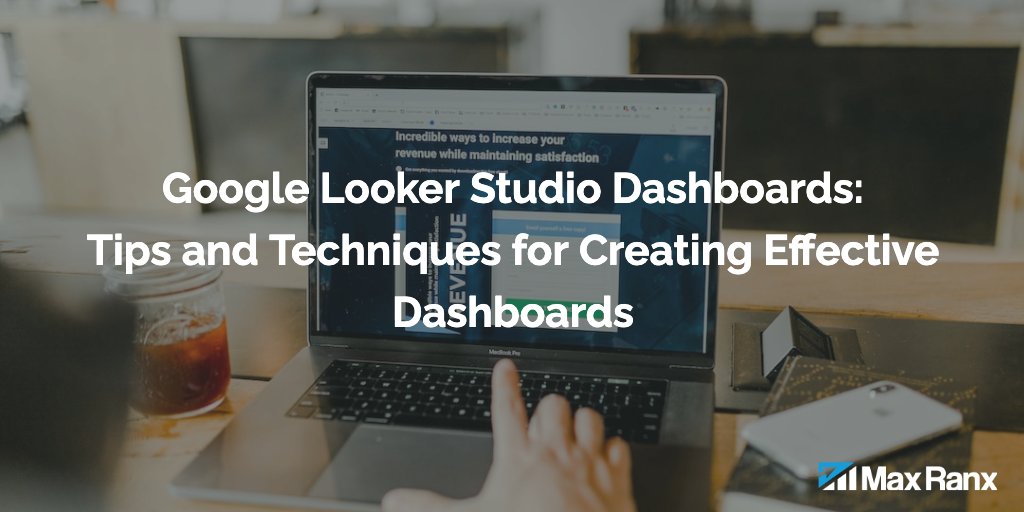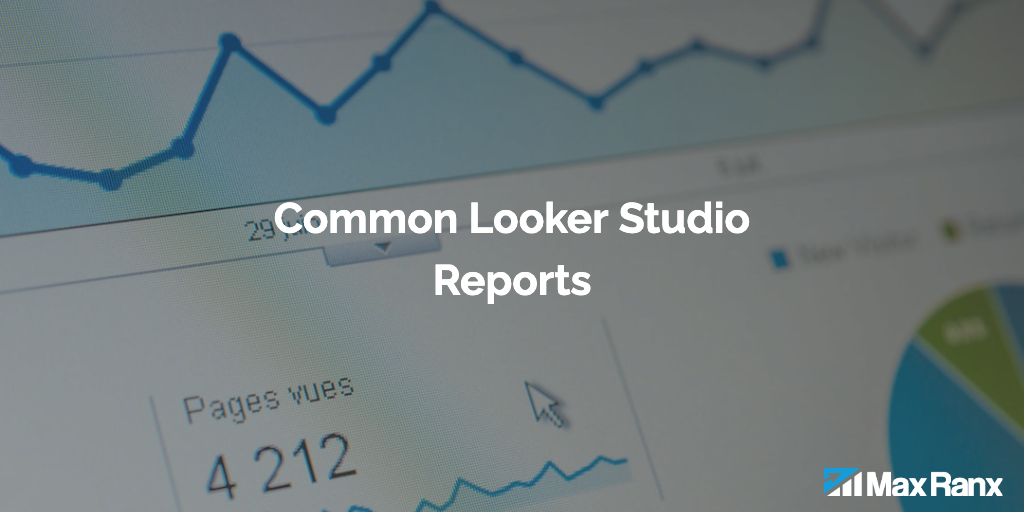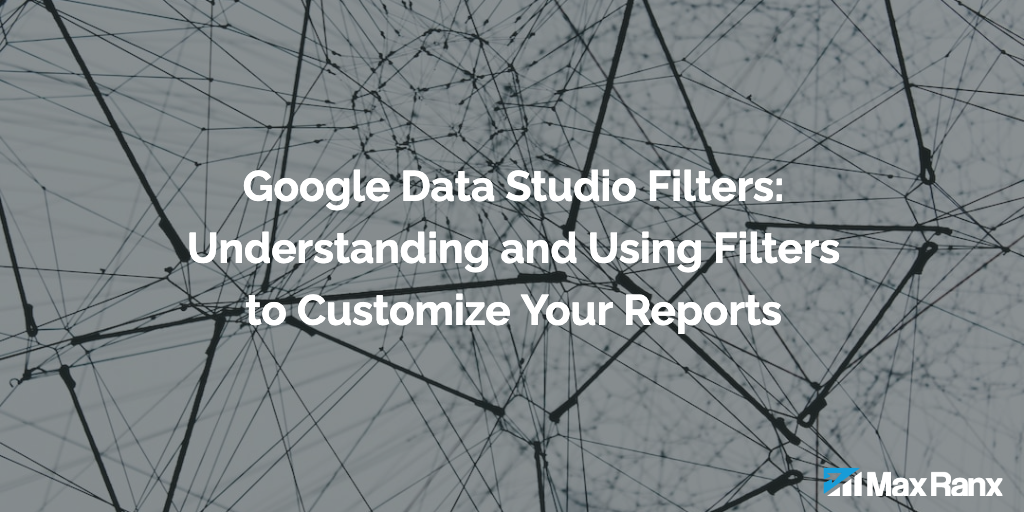Dashboards are a great way to present data in a clear and concise manner, and when designed effectively, they can help users to quickly understand and make decisions based on their data. In this article, we will discuss some tips and techniques for creating effective dashboards in Google Looker Studio (formerly Data Studio).
Keep it Simple
One of the most important principles of creating an effective dashboard is to keep it simple. Dashboards should be easy to read and understand, and users should be able to quickly find the information they’re looking for. To achieve this, it’s important to use clear and simple visualizations, and to limit the number of charts and tables on the dashboard.
It’s also important to use a consistent layout and design for the dashboard. This includes using consistent font sizes, colors, and chart styles, as well as keeping the overall layout of the dashboard clean and uncluttered.
Choose the Right Visualizations
Choosing the right visualizations for your data is crucial for creating an effective dashboard. Different types of data lend themselves to different types of visualizations, and it’s important to choose the visualization that best represents the data.
For example, bar charts and line charts are great for showing trends over time, whereas pie charts and donut charts are useful for showing the proportion of different categories within a dataset. Scatter plots and bubble charts are useful for showing the relationship between two or more variables.
It’s also important to consider the size of the data when choosing visualizations. For large datasets, it’s often best to use summary charts such as histograms, box plots or heat maps, as they allow users to see the overall pattern of the data without getting overwhelmed by the details.
Additionally, when creating visualizations, it’s important to consider the purpose of the dashboard and the audience. For example, if you are creating a dashboard for business executives, it may be more appropriate to use high-level summary charts rather than detailed tables of data.
Use Filters and Interactivity
Another important aspect of creating effective dashboards is to use filters and interactivity. By allowing users to filter the data on the dashboard, you can give them the ability to drill down into the data and see the details that are most relevant to them. This can be achieved by using filter controls such as drop-down menus, date ranges, or category selectors.
Interactivity is also an important aspect of creating effective dashboards. By allowing users to interact with the data, you can give them the ability to explore the data and discover insights that they may not have been able to see otherwise. This can be achieved by using interactive charts, such as clickable maps or hover-over tooltips.
Keep it Dynamic
An effective dashboard should be dynamic and always up-to-date with the latest data. This can be achieved by connecting the dashboard to a live data source, such as a Google Sheet or a database. By doing this, the data on the dashboard will be automatically updated when the data source is updated.
Additionally, by setting up automatic refresh or scheduled refresh, the dashboard will update automatically at a given time, this way the users can always be sure that they are looking at the most current data. This is particularly important for dashboards that are used to make business decisions, as it ensures that the data is always accurate and up-to-date.
Use Contextual Information
Effective dashboards should also provide contextual information to help users understand the data. This includes providing information such as the time frame that the data covers, the data source, and any relevant notes or explanations. Additionally, it’s also important to provide information such as the data’s definition, and any business rules or calculations that are used in the data.
By providing this information, users can understand the data better and make more informed decisions. It’s also important to provide users with the ability to export the data or download the underlying data if they want to further analyze it.
Conclusion
Creating effective dashboards in Google Looker Studio requires a combination of design, data visualization, and data analysis skills. By keeping it simple, choosing the right visualizations, using filters and interactivity, keeping it dynamic, and providing contextual information, you can create dashboards that are easy to understand and provide valuable insights. Remember that dashboards should be designed to meet the specific needs of the users, and the key to success is to test and iterate based on user feedback.




